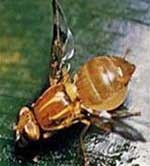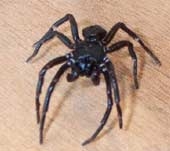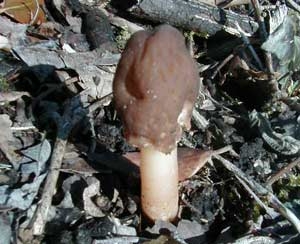The Asian Giant Hornet is the largest species of hornet in the world. It originates from the temperate and tropical regions of East Asia, South Asia, and the continental Southeast Asia, as well as parts of the Far East of Russia. They prefer to live in low mountainous areas and dense forests, completely avoiding plains and high-altitude climates.
The hornet poses a significant threat to many other living creatures, including humans.
The Power of the Hornet
The sting of the hornet injects a particularly potent venom containing Mastoparan-M. These are cell-lysing peptides that can cause tissue damage by stimulating the activity of phospholipase.
The sensation of being stung by a hornet is often described as being “pierced by a hot nail”. In addition to using their stingers to inject venom, the Asian Giant Hornet seems to be capable of spraying venom into human eyes in certain cases, with a report from Japan in 2020 indicating long-term damage, although the exact extent of vision impairment has yet to be determined.
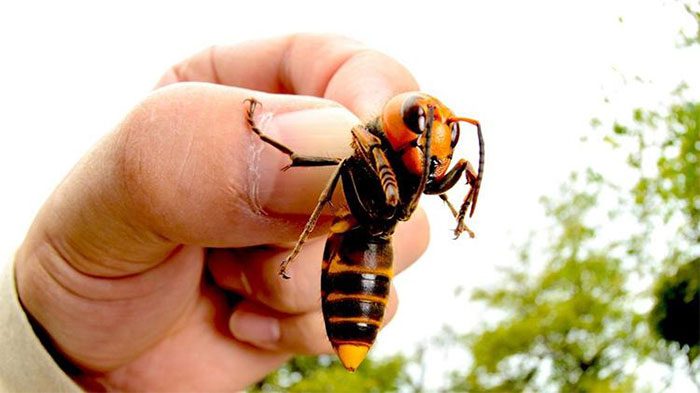
An Asian hornet.
Furthermore, the venom contains a neurotoxin called Mandaratoxin. Although a single hornet cannot inject a lethal dose, multiple stings can be fatal. Individuals allergic to insect venom are at a higher risk of death.
In addition, hornets have other advantages, such as being 14 times larger than regular honeybees. Their senses are more acute than those of humans, and they rank second among insect species capable of inflicting prolonged pain.
A group of 30 Asian hornets can raid a large honeybee hive and annihilate all 30,000 European honeybees within just three hours. This demonstrates the hornets’ ability to fly long distances without tiring. They can also engage in prolonged battles with bee colonies without showing signs of fatigue.
The Asian hornet can single-handedly defeat a praying mantis. They are significantly stronger than European hornets, capable of subduing mice, and have stingers sharp enough to penetrate the protective gear of beekeepers.
The Plight of Western Honeybees
Typically, the Asian Giant Hornet exhibits intense predatory behavior. They often hunt insects of medium to large size, such as honeybees, other hornet species, beetles, horned worms, and mantises.
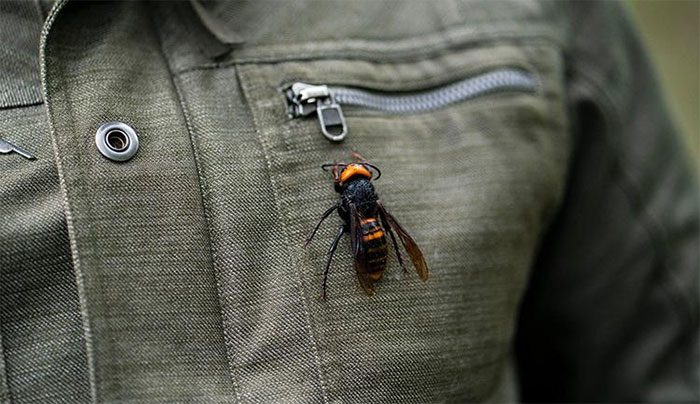
This Asian hornet typically attacks honeybees for adult bees, pupae, and larvae to feed their own larvae. A scout hornet, sometimes with two or three others, carefully approaches a beehive, releasing pheromones to guide others to the hive.
Subsequently, about 30-40 hornet warriors can raid and devastate a colony of honeybees, especially if they are Western honeybees. In battle, a hornet can kill up to 40 honeybees per minute due to its large mandibles that can quickly attack and decapitate its prey.
The stings of honeybees are ineffective because the hornets are five times their size and heavily armored. Only a few hornets (less than 50) can eliminate a colony of tens of thousands of bees in just a few hours. These hornets can fly up to 100 km (60 miles) in a day, reaching speeds of up to 40 km/h (25 mph).
Unique Strategies Against Hornets
While a small number of Asian Giant Hornets can easily overcome the uncoordinated defenses of Western honeybee colonies, Japanese honeybees (Apis cerana japonica) have a significantly more effective defense strategy.
When a scout hornet locates and approaches a Japanese honeybee hive, it emits specific hunting pheromones. Upon detecting these pheromones, about 100 honeybees will gather near the entrance of the hive and set a trap, keeping the entrance open.
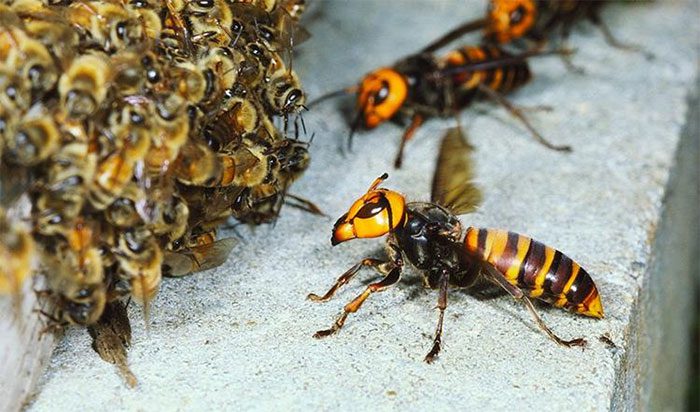
This allows the hornet to enter the hive. Once inside, a swarm of hundreds of Japanese honeybees surrounds it, forming a ball that completely covers it, preventing it from reacting effectively.
The bees vibrate their flight muscles intensely, similar to how they warm the hive in cold conditions. This raises the temperature within the ball to a critical level of 46°C.
Additionally, the effort of the honeybees increases the carbon dioxide (CO2) concentration within the ball. Japanese honeybees can withstand temperatures up to 50 °C along with high concentrations of CO2, but the hornets cannot survive.
By killing the scout hornet, Japanese honeybees have successfully thwarted a raid by a group of dozens of powerful and ferocious hornets.








































